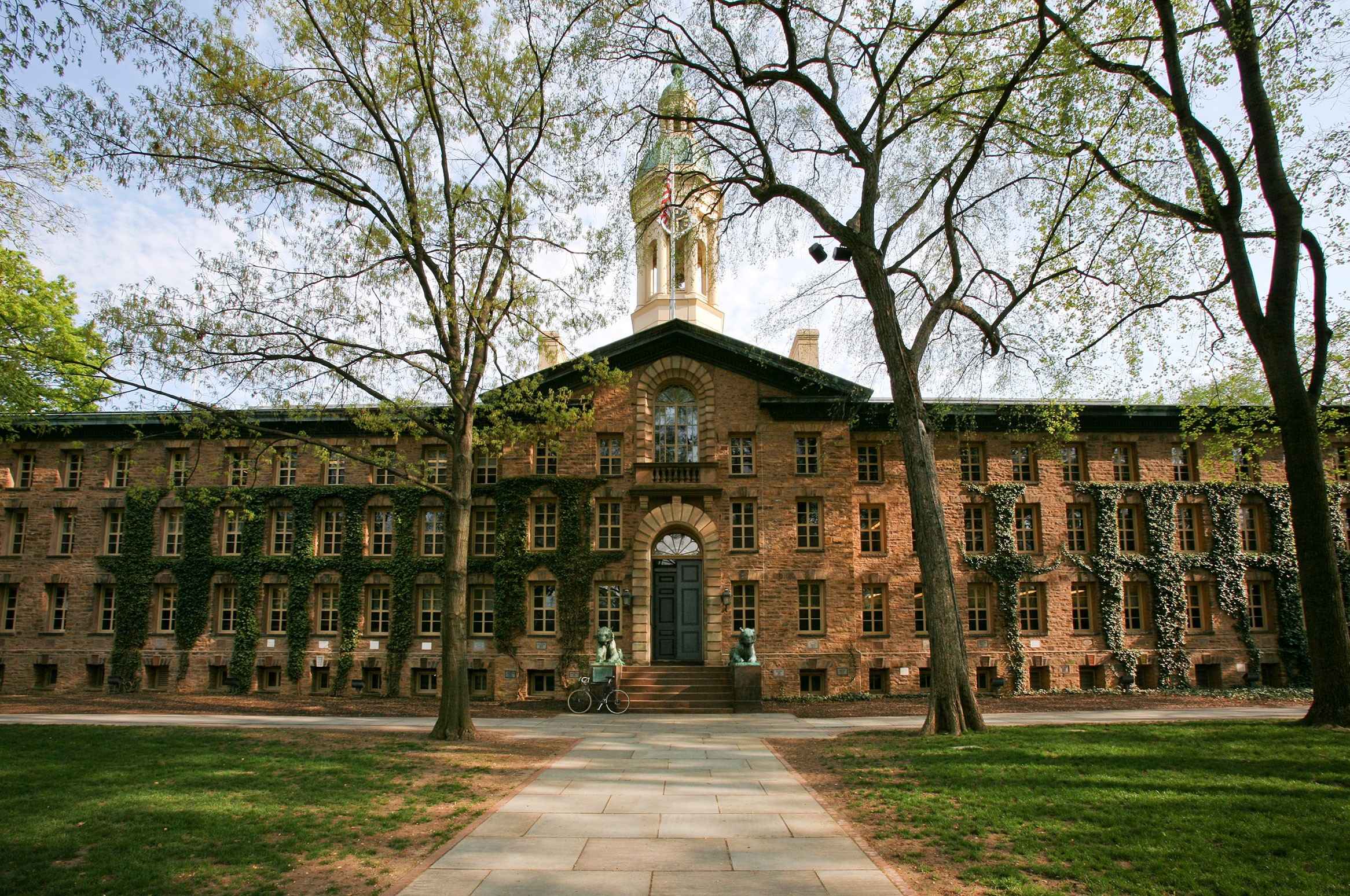The goal was to utilize advanced computational techniques to accelerate the design and validation of high-performance Quantum Cascade Lasers (QCLs), paving the way for breakthroughs in chemical sensing, environmental monitoring, and autonomous vehicle technologies.
I’m passionate about leveraging data science and machine learning to solve complex challenges in computational biology and materials science. My mission is to harness the power of data-driven approaches to advance cutting-edge research.
This project involved an intensive internship focused on QCL design optimization, where I contributed to streamlining the analysis of massive datasets while simulating and validating theoretical performance outcomes.
The challenge was to manage and analyze an expansive dataset of 151 million potential QCL structures. I implemented custom Python scripts to process, filter, and visualize this data efficiently. The results reduced computational processing time dramatically, cutting the average analysis time from over 5 minutes to under 30 seconds—a critical improvement for rapid iteration in research workflows.
Inspired by the precision and elegance of advanced computational tools, I designed scripts with a focus on clarity, speed, and adaptability. These tools enabled the seamless identification of high-performance QCL structures that align with practical applications in areas like environmental monitoring and self-driving vehicles. The simulation and validation stages confirmed the theoretical viability of these designs, marking a significant step forward in their potential real-world deployment.
The project was executed using modern data processing and machine learning techniques to ensure accuracy and scalability. Each step of the process emphasized the importance of actionable insights derived from large datasets.




